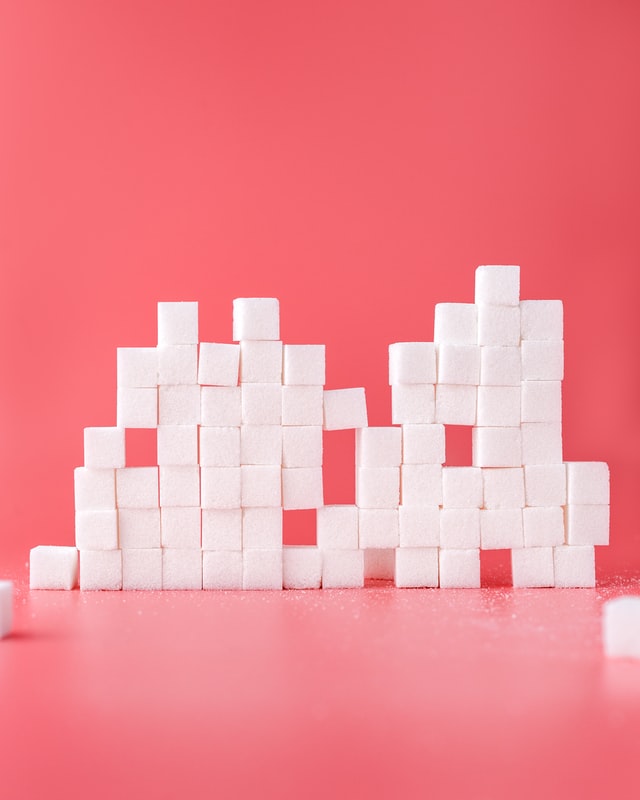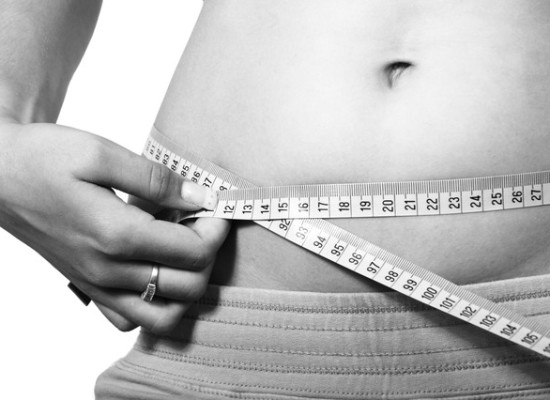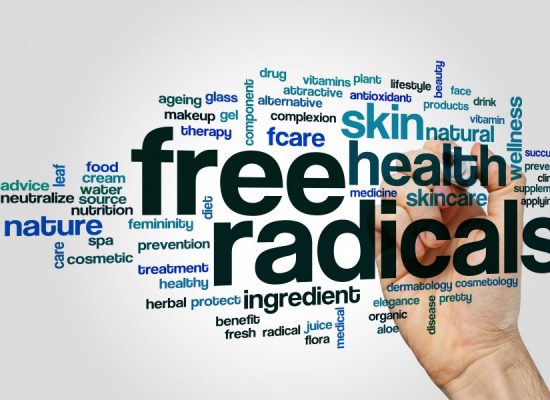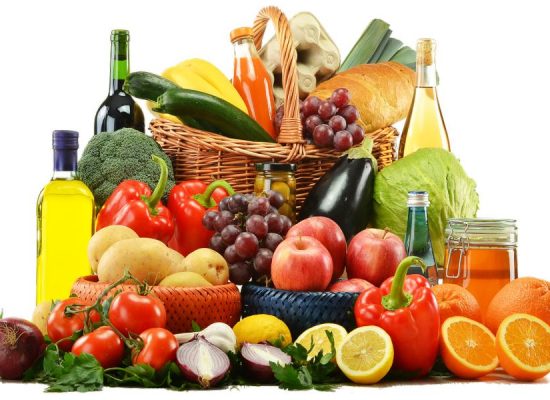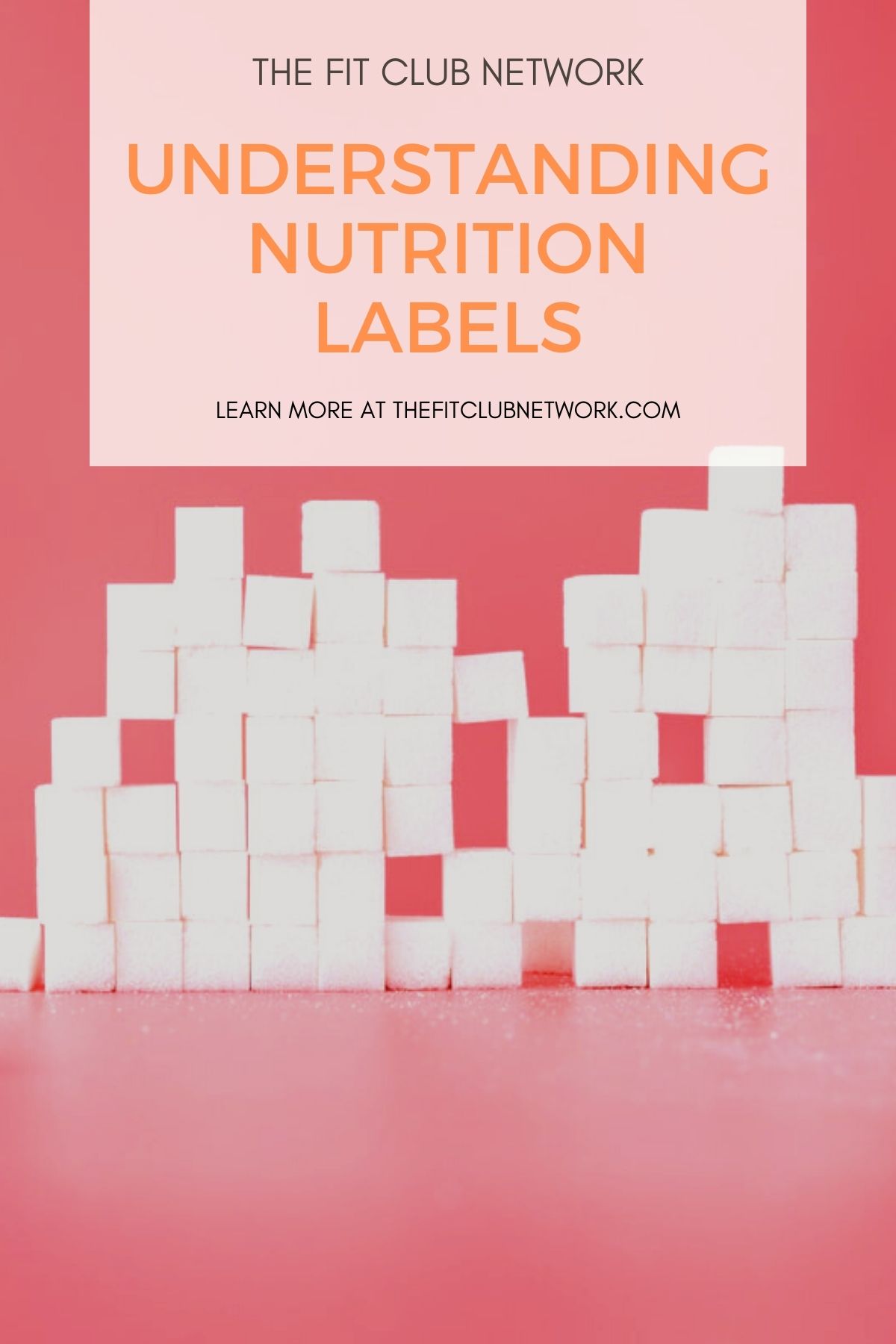
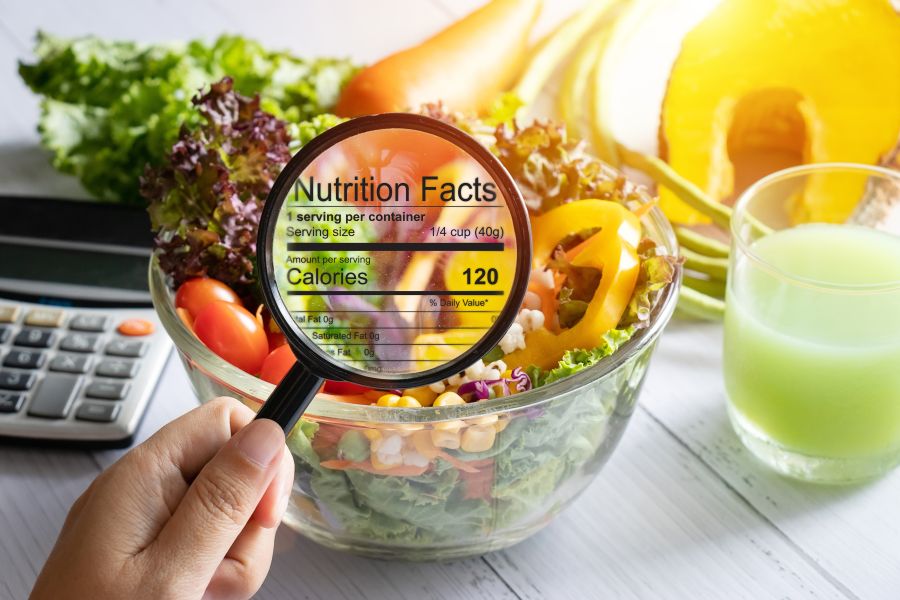
Understanding Nutrition Labels
Are you clueless or totally confused by nutrition labels? It’s NOT easy, which is why we put together this quick primer on the basics of reading and understanding nutrition labels.
Start at the Top
We’ll start at the very top and work our way down…
The top of the nutrition label tells you the serving size and how many servings are in the container—and is exactly where a lot of food labeling is misleading.
For instance, you may be surprised to find out that the serving size on a package of cookies is ONE cookie. Uh, when was the last time you reached into a bag and ate only ONE cookie???
Food manufacturers make serving sizes intentionally small so the calories per serving don’t look too high. But, when you think about how much you’d actually eat, all of a sudden you might be able to see that you’re not making a very good choice.
So, our first tip in our “Understanding Nutrition Labels” primer is to read the serving size and match that up with how much you’ll likely be eating in order to get accurate numbers!
All the Calories
Now that you know how much a serving size is, check the calories per serving. If the serving size is one cookie and the calories per serving is 110, that means a single cookie has 110 calories.
Add 110 calories for each cookie you eat—so those eight cookies have a total of 880 calories!
Next Comes the Fat
The next thing you’ll see on a nutrition label is the fat content. This is an important part of the food label.
The label separates the fat into different fat categories—trans fat, saturated fat, etc.
If a product contains trans fat (trans fatty acids), it’s a good idea to avoid it! Trans fats come from the partial hydrogenation of vegetable oils and no amount is healthy. This is the fat that raises your bad cholesterol and lowers your good cholesterol.
Another hint about trans fat is if you see “partially hydrogenated” on the ingredient list.
The next bit of bad news is that you also want to limit your saturated fat—or, you’ll be faced with the daunting task of burning fat.
But, the good news is that you do not want to avoid fat altogether! Healthy fats fill you up and keep you full longer. They also help your body absorb nutrients.
Healthy fats include seeds, nuts, avocados, fish, and eggs. Even dark chocolate is a healthy fat as long as it’s a high-quality chocolate that’s at least 70% cocoa!
RELATED | The Benefit of Healthy Fat Foods
Cholesterol
Cholesterol is also shown on nutrition labels. In the past, healthy foods, such as eggs got a bad rap for being high in cholesterol.
But, studies don’t support the idea that dietary cholesterol increases heart disease in healthy individuals, so go ahead and enjoy your eggs!
Sodium
Sodium is salt and many food manufacturers load up on it.
Most Americans eat too much salt and the main source is from restaurant meals and processed foods.
Aim to eat 2,300 mg of sodium or less per day. Remember the serving size! If there’s 1,000 mg of sodium per serving and you eat two servings, you’ll be eating 2,000 mg of sodium.
Sweeteners
American diets are full of sugar, which contributes to obesity, heart disease, and diabetes. It’s really important to avoid added and unnecessary sugars in your diet.
Sugar is ingredient that food manufacturers mislead us on. They do this by calling it by other names, such as:
- Corn syrup
- Fructose
- Sucrose
- Dextrose
Basically, if the word ends in “ose,” it’s another name for sugar! All these added sugars don’t add any nutrients, but they do add calories.
Sugar is addicting and a sugar addiction can lead to cravings, binge eating, and anxiety, not to mention weight gain and obesity.
RELATED | What to Do if You’re Addicted to Sugar
Artificial Sweeteners
Artificial sweeteners are also listed on the nutrition label. These sweeteners don’t add the calories that regular sugar adds, but they don’t add any nutrients either. Plus, they can cause other issues, so they should generally be avoided.
Watch for names like:
- Sucralose
- Saccharin
- Asparatame
- Acesulfame
Artificial sweeteners are much sweeter than regular sugar. It’s thought that they may overstimulate sugar receptors making less sweet foods, like natural fruits, taste unpalatable.
Regular intake of artificial sweeteners puts you at greater risk for Type-2 diabetes and metabolic syndrome, which is what they were designed to prevent!
And, YES, even diet soda can contribute to weight gain (and is just plain bad for you)!
RELATED | Artificial Sweeteners & Weight Loss
Sodium Nitrite & Sodium Nitrate
How tasty do these sound??? Sodium nitrite and sodium nitrate are chemical preservatives that may come with a cancer risk, though the evidence is controversial.
Are you willing to be the guinea pig???
I’m not, so I limit processed meats in my diet so I don’t have to worry about these chemicals.
Artificial Colorings & Flavorings
Artificial colors and flavors have no nutritional value—they are added simply to make the food appear more palatable or psychologically pleasing. Several have been shown to pose a slight health risk.
Sadly, the products with artificial colorings and flavorings are often marketed to children. Cereal, candy, soda, and snack foods are all full of them.
If you’re looking at an ingredient list, look for names such as Red 40, Blue 1, Yellow 5, and artificial flavors and avoid these fake ingredients.
The Ingredient List
The list of ingredients on the nutrition label is ordered by how much of that ingredient is in the food, so pay attention to what ingredient is first.
If sugar or dangerous fats are first on the list, don’t put it in your shopping cart!
But, remember, that the food manufacturer may manipulate the ingredient list by breaking up the fats and sugars into individual ingredients to make it look like they are not primary ingredients!
When you know all the different names for sugars (like we shared above), you might find that sugar really is the main ingredient in that food you’re eating (or giving to your kiddos).
Ingredient lists are eye-opening. Here’s a good rule of thumb—if you can’t pronounce most of the ingredients on the list, you shouldn’t eat the product. It’s simply not nutritious, or even real, food.
Percentage of Daily Value
When it comes to percentages of nutrients on the nutrition label, you need to know where those percentages come from.
Typically, these percentages are based on a 2,000-calorie diet for a healthy adult.
Even if you need fewer calories to maintain your weight, use the percentages as a guide.
If a nutrient is 5% or less, there’s not much of it in the food. If it’s 20% or higher, there’s a decent amount of the nutrient in that food.
The best way to get the nutrients you need without all the unhealthy ingredients is to eat a well-rounded whole-food diet. If you’re having trouble understanding what that is, the Portion Fix / 21 Day Fix meal plan will help you eat them!
RELATED | The Benefits of Whole Food Nutrition
Understanding Nutrition Labels Gets Easier
Don’t let nutrition labels scare you! With a little practice, understanding nutrition labels definitely gets easier.
In short, just do the following:
- Make sure you understand the serving sizes and calorie counts
- Avoid all trans fats and watch for foods that are high in sodium, unhealthy fats, sugars, and artificial sweeteners
- Work toward a healthy lifestyle eating whole, unprocessed foods
- Learn how to food swap so you don’t feel deprived!
Need some help? Click below to get us assigned as your FREE coaches!

